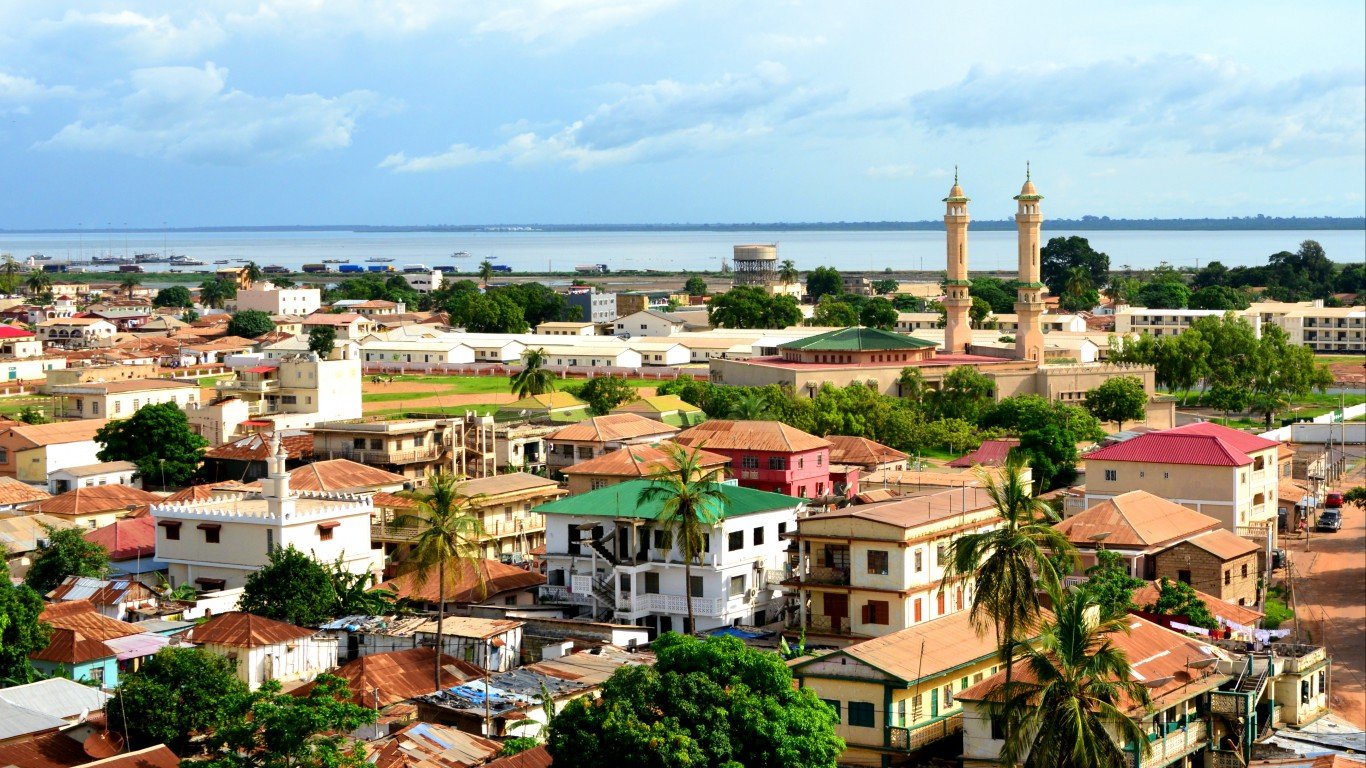
20. Gambia, The
> Foreign direct investment as pct of GDP: 10.15%
> Foreign direct investment: $189.6 million — #77 lowest of 195
> GDP: $1,868.1 million — #24 lowest of 195
The western African nation’s economic growth has been stoked by financial services, telecommunication, and construction. The Gambia has created a government agency tasked with attracting foreign investment. There are no restrictions on ownership of businesses by foreign investors in most sectors of the Gambian economy, though foreign investors complain about lack of transparency and excessive bureaucracy. There are no restrictions on foreign investors converting or repatriating funds.
Gambia’s major trading partners are the Ivory Coast and China. The United States, Germany, India, and the United Kingdom also are significant trading partners.
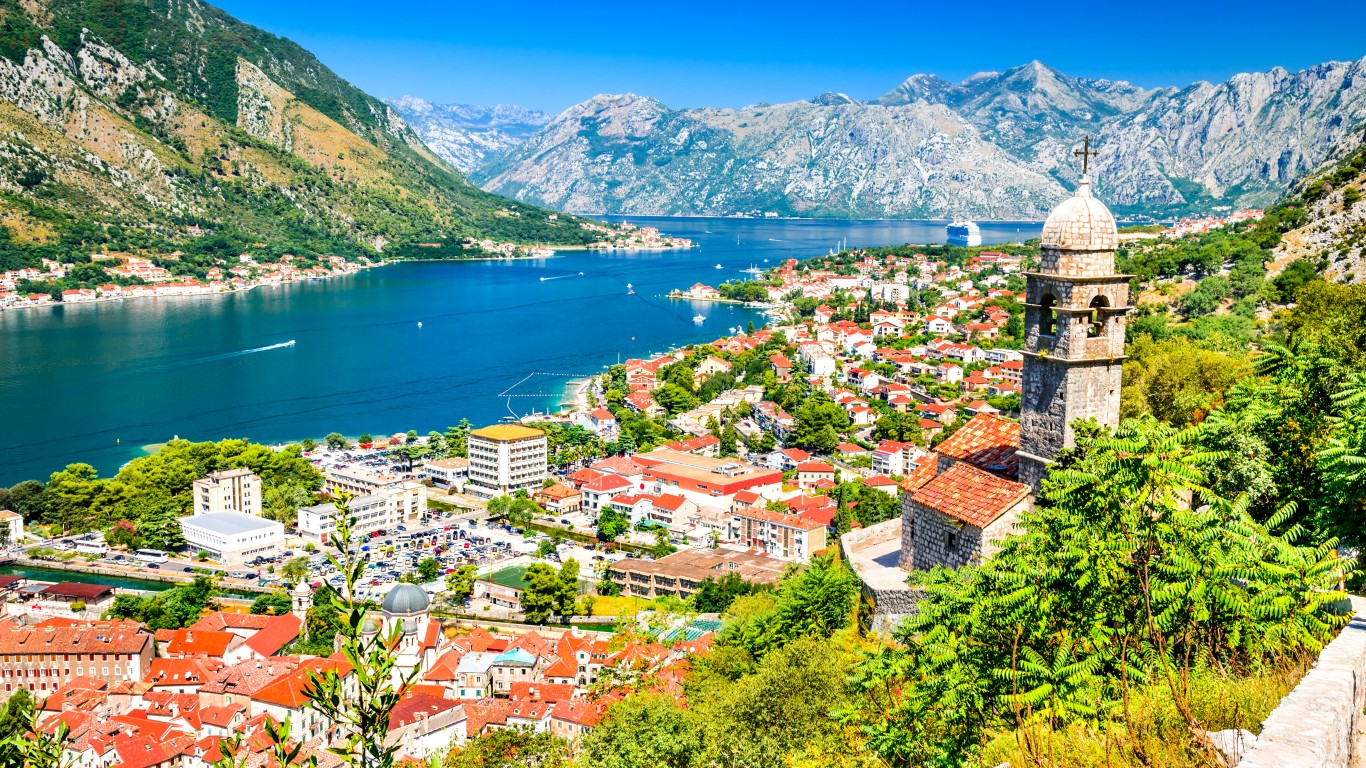
19. Montenegro
> Foreign direct investment as pct of GDP: 11.06%
> Foreign direct investment: $527.3 million — #96 highest of 195
> GDP: $4,769.9 million — #41 lowest of 195
Most of foreign direct investment in Montenegro, part of former Yugoslavia, has come from NATO member countries, as well as Russia and China. The sectors attracting most of the FDI are tourism, real estate, energy, telecommunications, banking, and construction. Foreign investors are drawn by the nation’s low tax rate — at 9% one of the lowest in Europe — and its tourism potential. Deficient infrastructure and a lack of skilled workers limit investment in Montenegro.
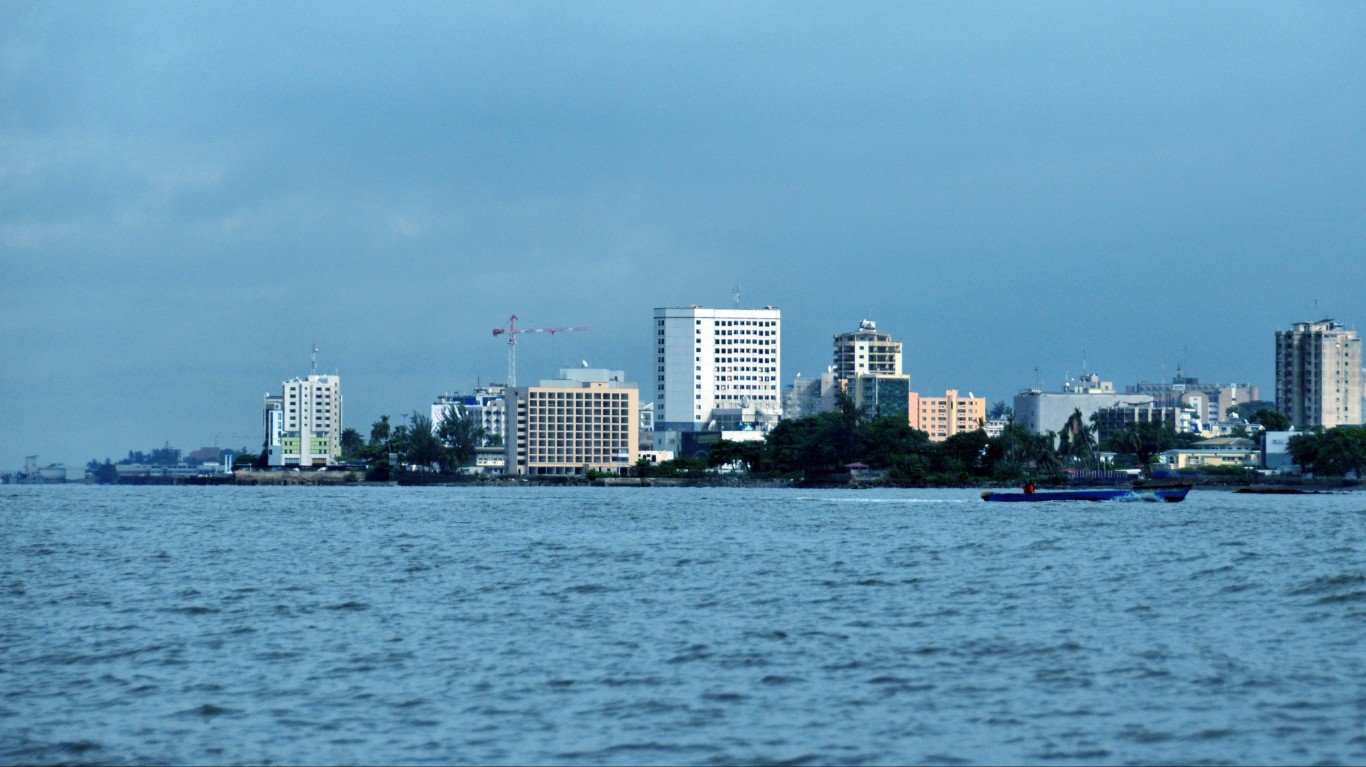
18. Gabon
> Foreign direct investment as pct of GDP: 11.21%
> Foreign direct investment: $1,716.5 million — #65 highest of 195
> GDP: $15,316.8 million — #75 lowest of 195
Gabon, on the west coast of Central Africa, has bilateral investment treaties with, among other countries, China, Germany, Italy, and the Republic of Korea. Gabon’s investment policy gives foreign companies operating in the country the same rights as domestic businesses. Businesses are shielded from expropriation or nationalization without appropriate compensation, which is determined by a third party.
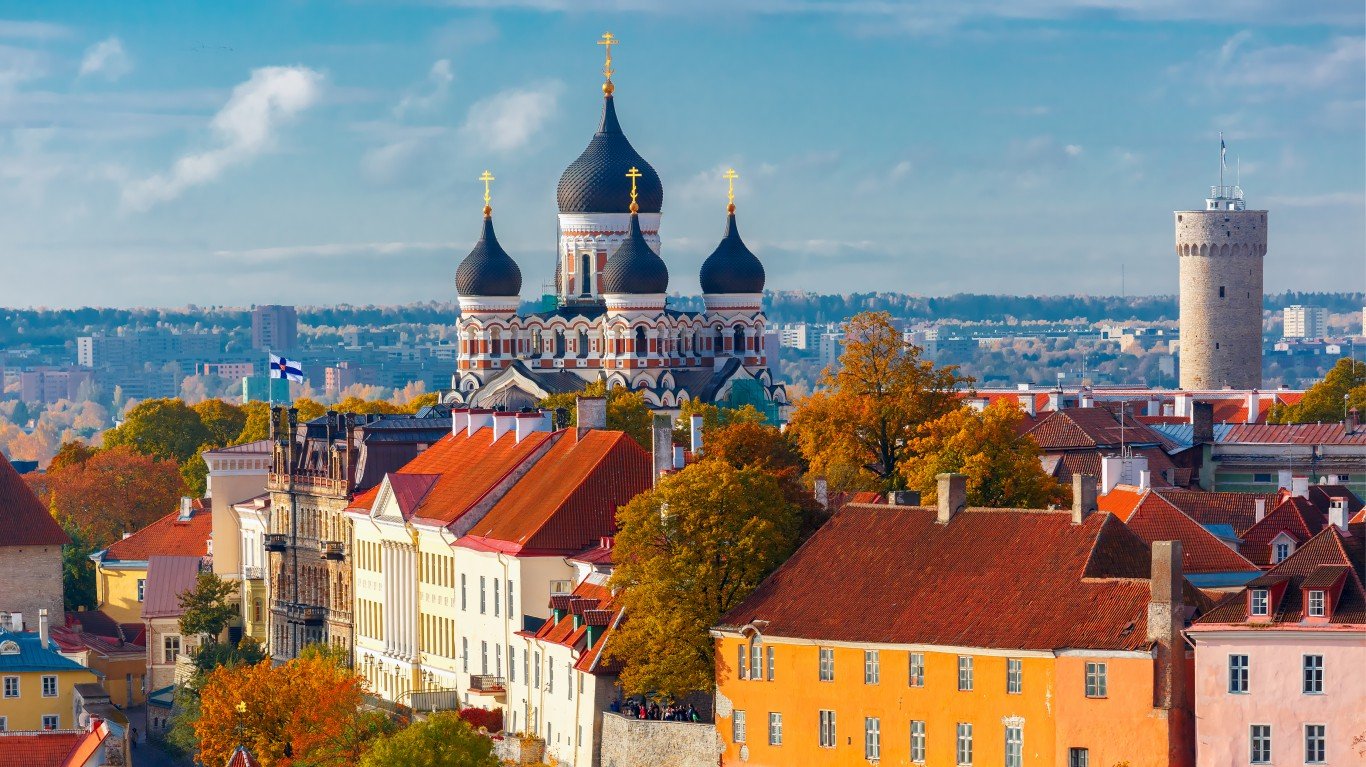
17. Estonia
> Foreign direct investment as pct of GDP: 11.54%
> Foreign direct investment: $3,536.2 million — #45 highest of 195
> GDP: $30,650.3 million — #97 lowest of 195
The Baltic nation has flourished since the collapse of the Soviet Union in 1991. The services sector is Estonia’s most developed — transport and logistics, biotechnology, and financial services account for about two-thirds of its GDP. Estonia also has been boosted by its information technology and green energy sectors.
The main investor nations in Estonia are Sweden, Finland, the Netherlands, and Lithuania. The country’s banking sector consists of 14 banks, five of which operate as branches of foreign credit institutions. Foreign capital holds 85% of banking sector assets.
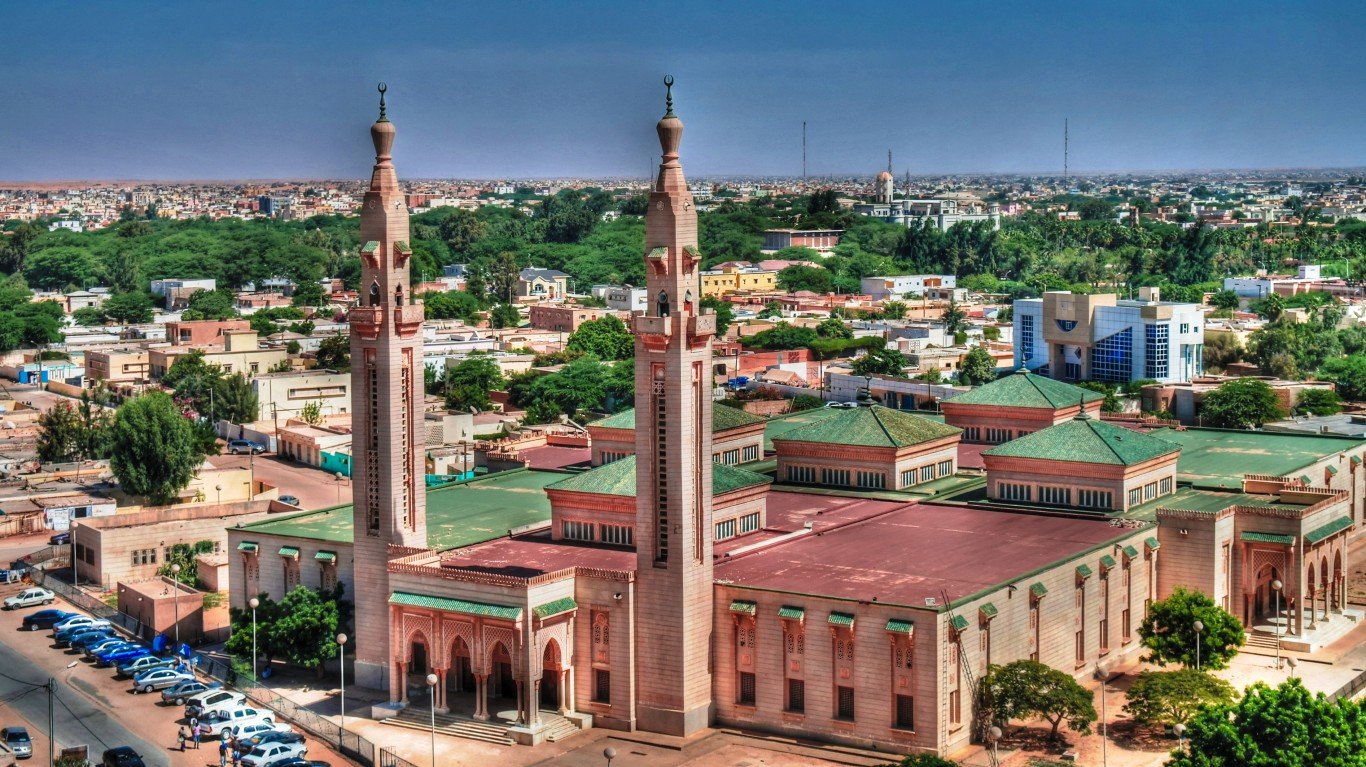
16. Mauritania
> Foreign direct investment as pct of GDP: 11.73%
> Foreign direct investment: $927.9 million — #81 highest of 195
> GDP: $7,913.7 million — #50 lowest of 195
Mauritania is located in the northwestern part of Africa, and foreign countries are investing in oil exploration, iron ore and gold mining, mobile-phone licenses, and construction. China is becoming an investor in Mauritania. European nations such as Hungary and France are investing in infrastructure and telecommunications.
In 2019, a joint-venture was signed between infrastructure company Arise Mauritania and Meridiam, a French investment fund, to support modernizing the Nouakchott port through a public-private partnership. Mauritania has improved access to credit information and contract enforcement, but the nation is hampered by political and security instability and corruption, among other issues.

 24/7 Tempo
24/7 Tempo




